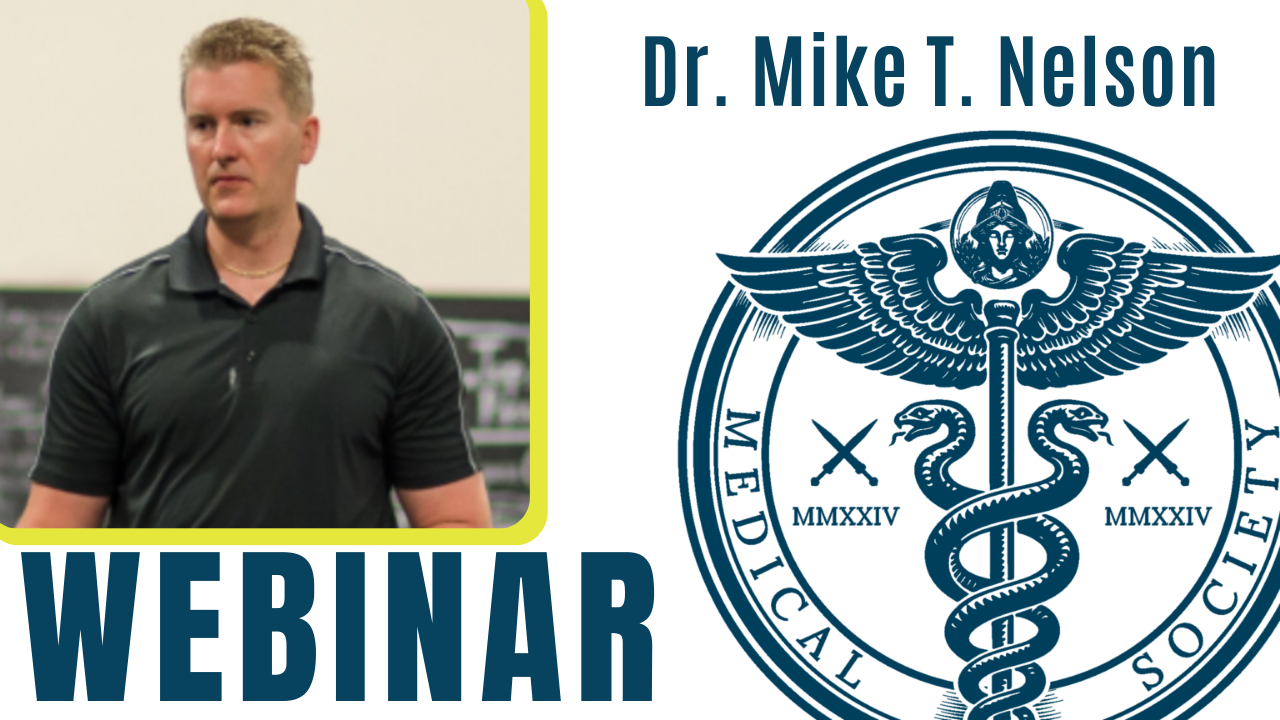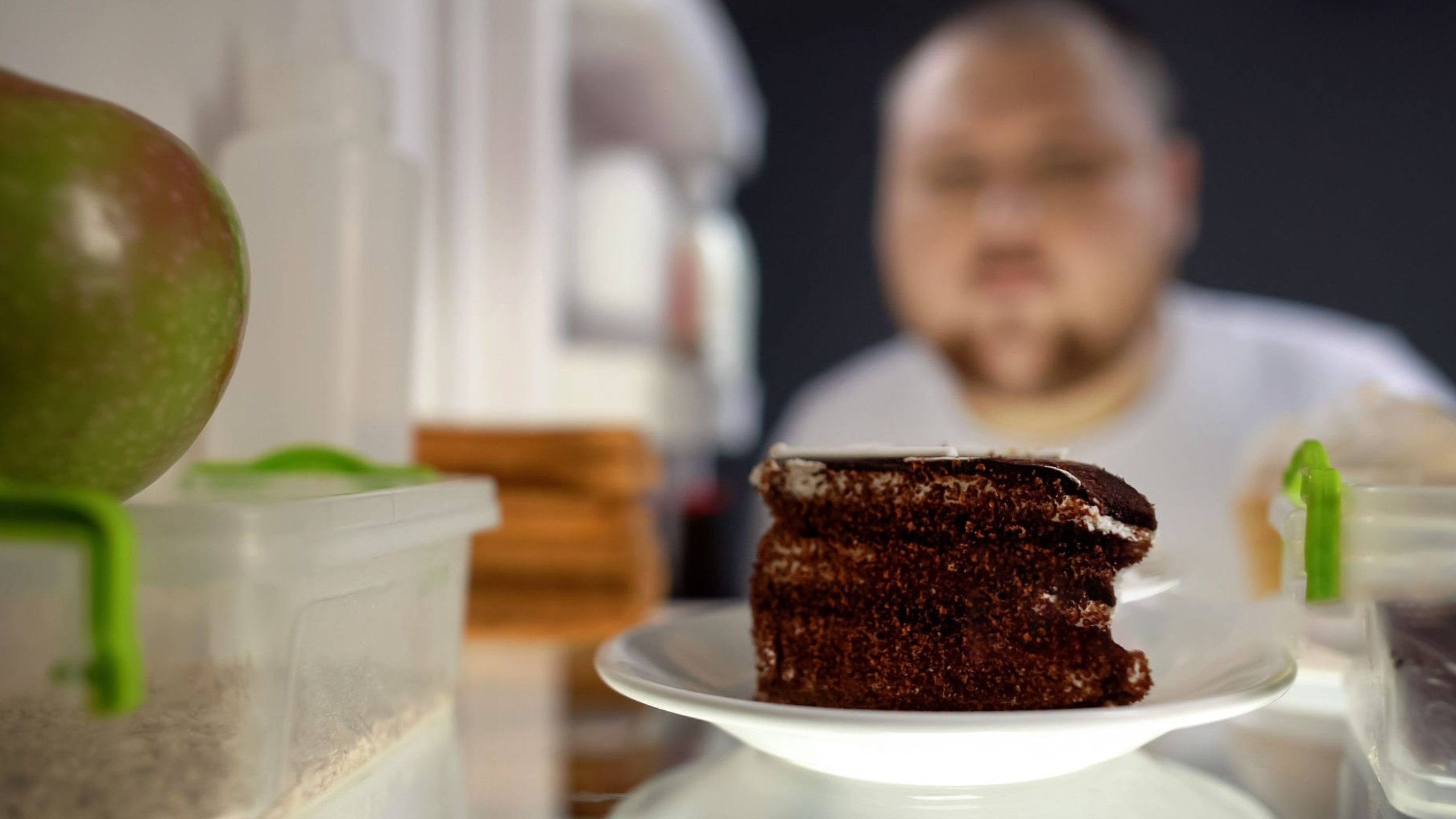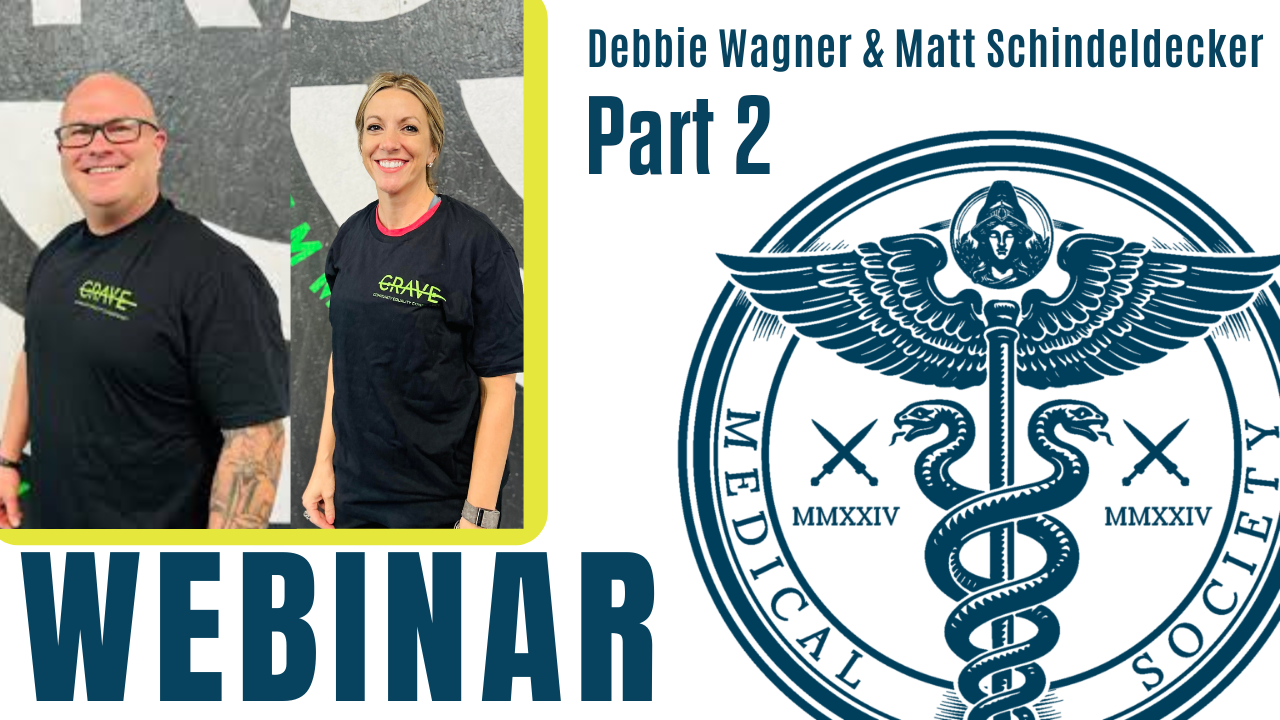By Malcolm Kendrick
As everyone knows, a placebo is an inactive ‘sugar’ pill. Except when it isn’t. Which is almost always. Here, from 2010, is an article about research on placebos carried out by Dr Beatric Golomb [1].
“What rules are there about what goes into placebos?
Despite carrying monikers like ‘fake’ or ‘dummy’ or ‘sham,’ some placebo pills may be potent enough to taint medical research results, hints a new review of more than 150 clinical trials.”
What were the rules governing what goes into a placebo?
“She [Dr Golomb] contacted the U.S. Food and Drug Administration and learned that, in fact, there were no rules.”
Moving forward to 2019.
“Researchers at the University of Oxford have found that placebo controls are almost never described according to standard reporting guidelines.” [2]
Today… there are still no standard rules. Which means that if you run a clinical trial, you can put whatever you like into your placebo — or, so-called placebo — and there is no requirement to tell anyone what you did. Not the FDA, not the European Medicines Evaluation Agency (EMEA), not anyone.
Let me repeat that for the sake of emphasis: Drug makers can put anything they like into placebos and they are not required to divulge what they have put into them. There is no oversight over placebos.
Drug makers can put anything they like into placebos and they are not required to divulge what they have put into them. There is no oversight over placebos.
Why does this matter? (As if it’s not obvious…)
Imagine you have a drug that you know, from early clinical studies, causes a very unpleasant adverse effect, such as severe gastrointestinal symptoms. Nausea, vomiting, abdominal pains, and suchlike.
If you were to fill your placebo with an agent that tastes horrid, and also causes gastrointestinal symptoms closely matching those of the drug, you can then claim that your drug causes no more adverse effects than placebo.
But surely, no-one would ever do such a thing. Would they?
As reported by University of Oxford News,
“In trials of oseltamivir (Tamiflu®) the placebo contained dehydrocholic acid. This mimicked the bitter taste of the active intervention (oseltamivir powder) so was useful to keep trial participants blind as to whether they were receiving a placebo or not. However, dehydrocholic acid can also cause gastrointestinal symptoms, as can oseltamivir.
When the trial reported whether oseltamivir caused gastrointestinal symptoms, they did so by comparing whether it had more of such symptoms than the placebo. This then had the potential to underestimate the true incidence of harm of oseltamivir. It’s not possible to know how often these kinds of mistakes occur, because none of the 94 placebo-controlled trials in their sample reported placebo components in the way current guidelines* recommend.” [2]
*Guidelines are recommendations for best practice, there is no statutory requirement for them to be followed.
Many years ago, I was first alerted to the ‘what the hell is actually in a placebo issue’ by a Dutch journalist. He had been trying to find out what was in the placebo used in a statin trial. He contacted the company, they told him to contact the EMEA, the EMEA told him to contact the company, they told him to contact the EMEA. Repeat ad nauseam.
At one point, he actually tried to get hold of tablets from a trial participant to get them analysed independently. No luck with that either. He found both the tablet and the placebo were well guarded.
Before this, I had assumed that placebos were, truly, inert ‘sugar pills.’ Or, in the case of injections, a saline liquid of some sort designed to have no effect. An assumption I believe that I shared with the rest of the world’s population, and the entire medical profession. How naïve we all were, it seems.
From time-to-time diligent researchers do manage to find out what was used in a placebo, and it is not pretty. The next example comes from the HPV vaccine. This is the vaccine used to reduce the risk of cervical cancer by immunising against the human papillomavirus (HPV).
Those taking part in the trial were told they would either get the vaccine, or a placebo. But this was not true.
“The Restoring Invisible and Abandoned Trials (RIAT) initiative is an international effort concerned with two fundamental problems in the scientific literature—many clinical trials are inaccurately or incompletely reported in journal publications and not all trials done are published.
RIAT Support Center, funded by the Laura and John Arnold Foundation, aims to address these problems by offering a methodology that allows other people to responsibly correct the record. We are writing with concerns about inaccurate and incomplete reporting in a trial published in The Lancet, and ethical concerns about the informed consent process.
In their study of a quadrivalent human papillomavirus (HPV) vaccine, Nubia Muñoz and colleagues stated that they did a placebo-controlled trial. However, control group participants did not receive a placebo HPV vaccine, as they were told they would in consent forms. Instead, they received an injection containing amorphous aluminium hydroxyphosphate sulfate (AAHS), a proprietary adjuvant (also used in the experimental vaccine to enhance immune response).” [3]
Again, a true placebo was not used. Instead, trial participants received an injection containing amorphous aluminium hydroxyphosphate (AAHS) (aluminium is called aluminum in the US). What is AAHS? It is an adjuvant, and what are adjuvants when they are at home?
“Adjuvants help the body to produce an immune response strong enough to protect the person from the disease he or she is being vaccinated against. Adjuvanted vaccines can cause more local reactions (such as redness, swelling, and pain at the injection site) and more systemic reactions (such as fever, chills and body aches) than non-adjuvanted vaccines.” [4]
Adjuvants have been around for more than a hundred years. Why it was decided that you needed to inject a noxious substance along with a vaccine to make them more ‘effective’ is not entirely clear. The science behind adjuvants is, and I am being kind here, weak.
Why it was decided that you needed to inject a noxious substance along with a vaccine to make them more ‘effective’ is not entirely clear. The science behind adjuvants is, and I am being kind here, weak.
No-one can really explain why injecting aluminum into people, in whatever form, causes their immune system to be more effective at fighting off a future infection. I would have thought it would only succeed in making you immune to aluminum.
“Aluminum was first used in human vaccines in 1932 and was the only adjuvant in use in licensed vaccines for approximately 70 years. Despite its extensive and continuous use, the immune mechanism of action of aluminum remains incompletely understood.” [5]
Incompletely understood. No kidding. But it is used anyway, and aluminum adjuvants are known to cause a host of adverse effects.
“Aluminium adjuvants have been associated with a number of adverse effects, including injection site pain and tenderness, persistent lumps, granulomas, contact dermatitis and post-immunisation headache but also more severe adverse events such as macrophagic myofasciitis and the autoimmune/inflammatory syndrome induced by adjuvants. Animal models have demonstrated the toxicity of aluminium adjuvants and their translocation away from the injection site.” [6]
You could argue that the vast majority of adverse effects reported after vaccination are not caused by the vaccine itself, but by the adjuvant. Which means in turn, if you want to mask vaccine related adverse effects, what better way than to fill the placebo with aluminum. Or to be fully accurate, AAHS. Which is exactly what happened here.
When I tell fellow doctors that placebos used in clinical trials are not actually placebos, they look at me as if I am mad. A mad conspiracy theorist. I reply that I am actually a conspiracy ‘fact-ist’. In that, I have evidence that the conspiracy theory is true. The theory, that is, that placebos are very rarely true placebos. If at all.
“Researchers at the University of Oxford have found that placebo controls are almost never described according to standard reporting guidelines.” [2]
The uncomfortable truth is that we do not know what goes into placebos. There are no rules covering this area, and you will find it almost impossible to find out what’s in them.
Just to reinforce this ‘fact,’ I will finish with a couple of short sections from an Article in the European Journal of Investigation entitled Inadequate description of placebo and sham controls in a systematic review of recent trials.
“Poorly described placebo/sham controls make it difficult to appraise active intervention benefits and harms. The 12-item Template for Intervention Description and Replication (TIDieR) checklist was developed to improve the reporting of active interventions. The extent to which TIDieR has been used to improve description of placebo or sham control is not known.
We identified 94 placebo/sham-controlled trials published in the top journals in 2018. None reported using TIDieR, and none reported placebo or sham components completely.” [7]
None. You could almost believe that someone was hiding something.
References:
- So, what’s in a placebo, anyway?; Lynne Peeples; Reuters, October 18, 2010.
- Poorly reported placebos may lead to mistaken estimates of benefits; University of Oxford News; October 1, 2019.
- Control vaccine formulation; Peter Doshi, Kyungwan Hong, et al.; The Lancet, Volume 397, Issue 10279, P1061-1062, March 20, 2021.
- Adjuvants and Vaccines; Centers for Disease Control and Prevention website.
- Vaccine Adjuvants: from 1920 to 2015 and Beyond; Alberta Di Pasquale, Scott Preiss, et al.; MDPI, Vaccines; April 16, 2015.
- Was amorphous aluminium hydroxyphosphate sulfate adequately evaluated before authorisation in Europe?; Sesilje B Petersen and Christian Gluud; BMJ Evid Based Med.; August 6, 2020.
Inadequate description of placebo and sham controls in a systematic review of recent trials; Rebecca K. Webster, Jeremy Howick, et al.; Wiley Online Library; September 13, 2019.
More From This Series
Setting Up The Trick
Research Manipulation Part I
Part 1
Surrogate End-Points
Research Manipulation Part II
Part 2
Deliberate Obfuscation
Research Manipulation Part III
Part 3
Falsely Reporting Success
Research Manipulation Part IV
Part 4
Looking Even Closer
Research Manipulation Part V
Part 5
If Placebos Are Not True Placebos…Then What
Research Manipulation Part VII
Part 7
Placebos. Trial Blinding, and Biomarkers
Research Manipulation Part VIII
Part 8
The Replication Crisis, And Where Placebos Fit In
Research Manipulation Part IX
Part 9
An Existential Crisis?
Research Manipulation Part X
Part 10
Scottish doctor, author, speaker, sceptic
Support the Broken Science Initiative.
Subscribe today →
recent posts
Metabolic Flexibility to Burn Fat, Get Stronger, and Get Healthier
Expanding Horizons: Physical and Mental Rehabilitation for Juveniles in Ohio



